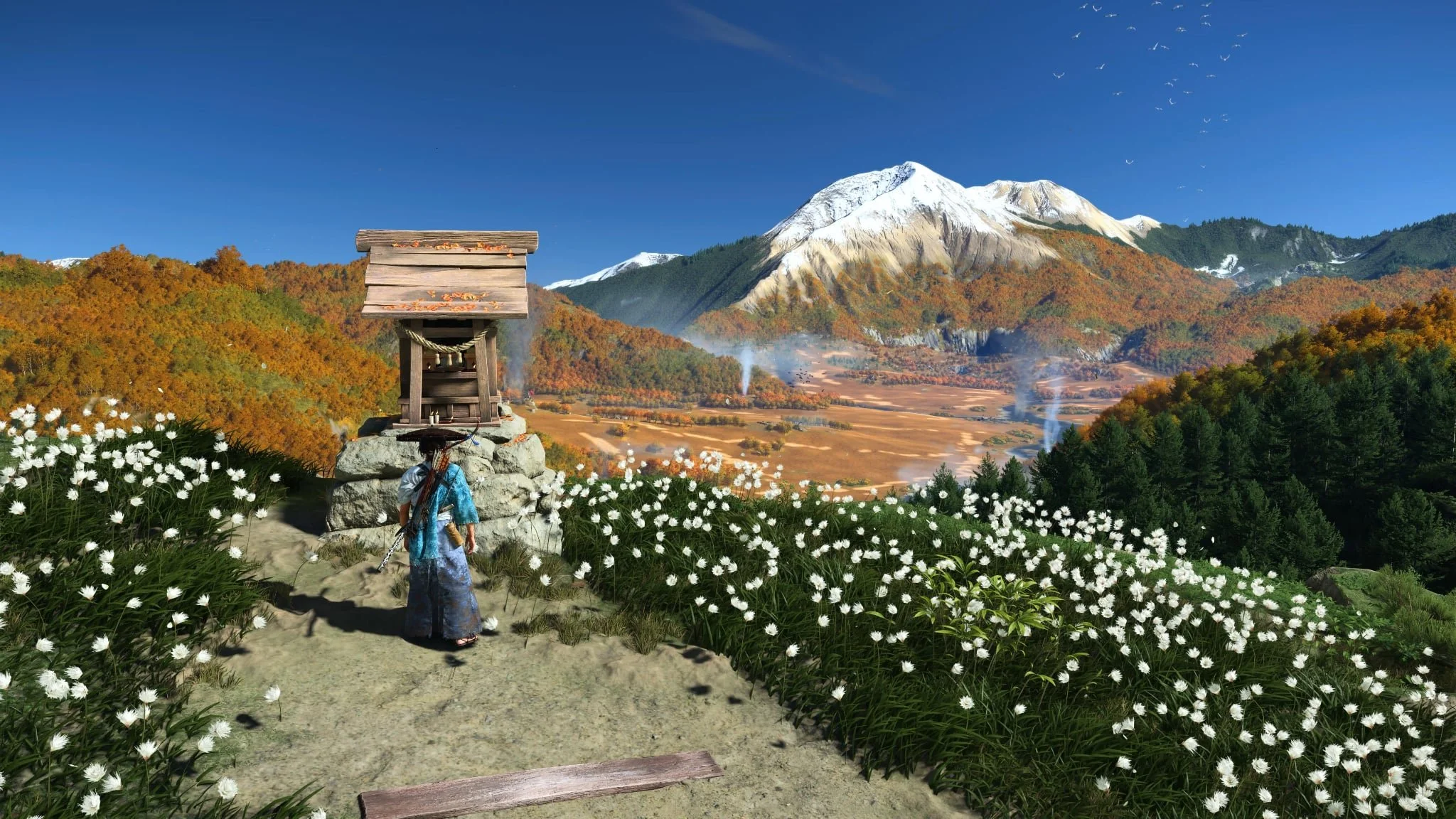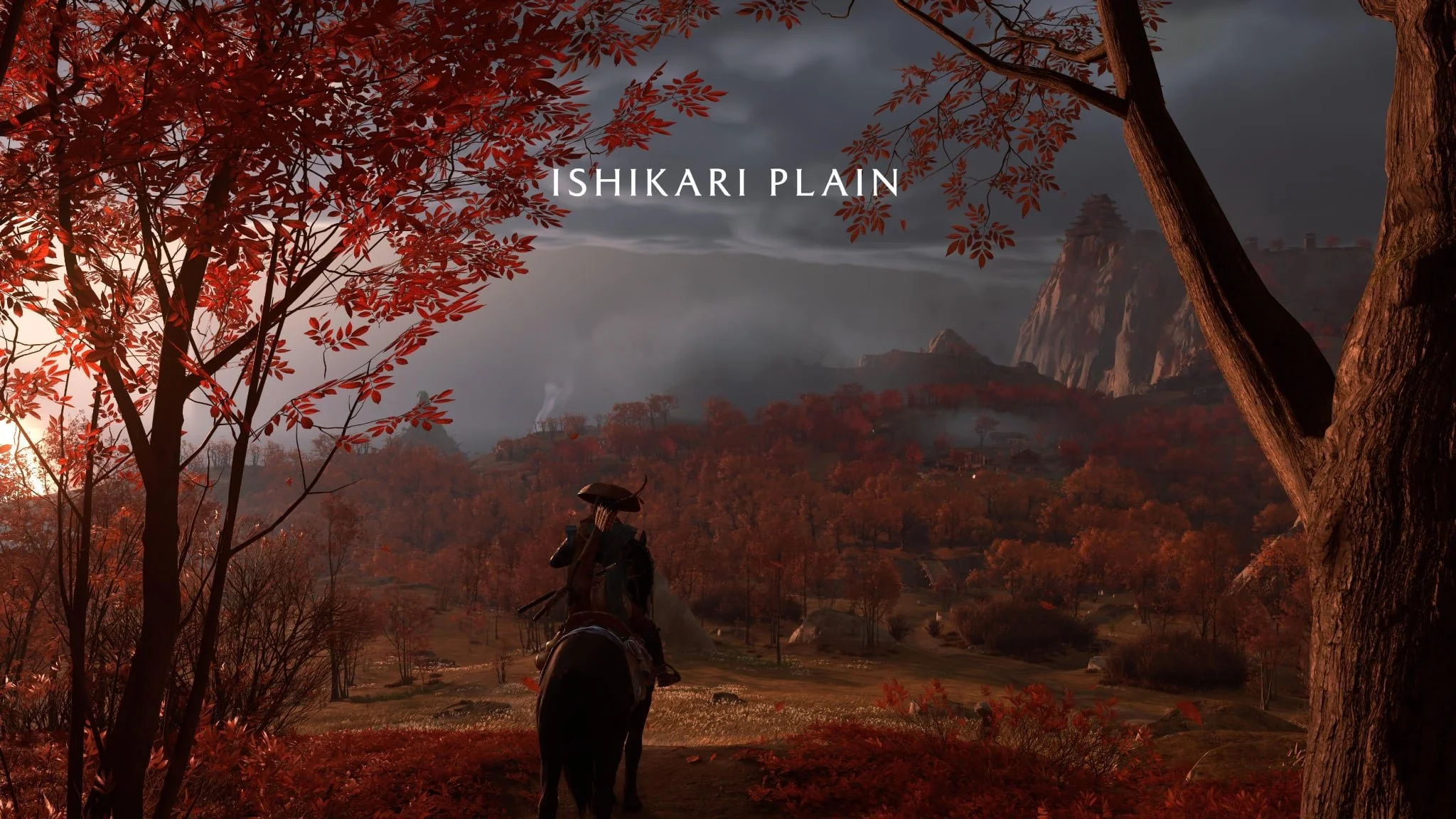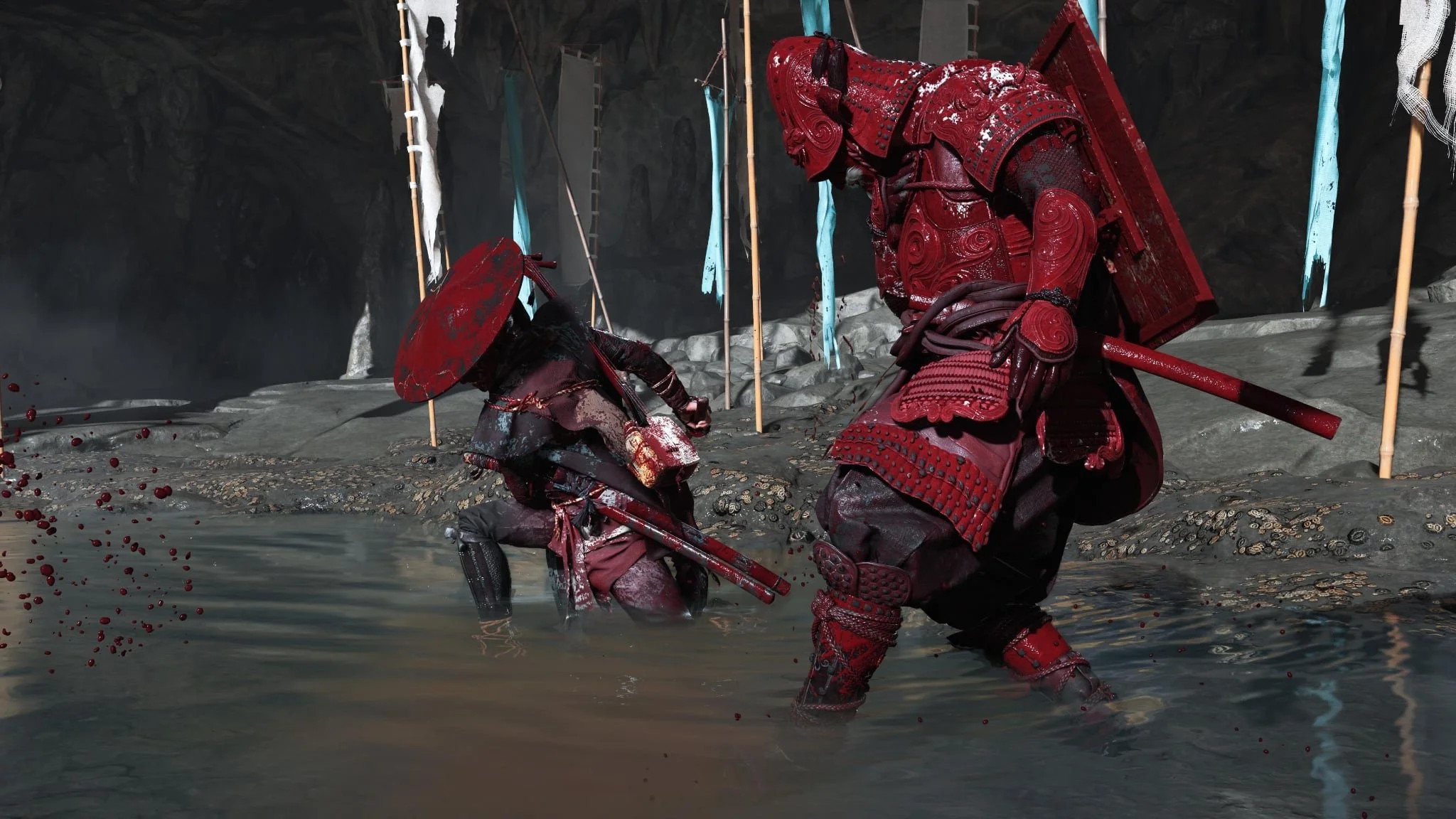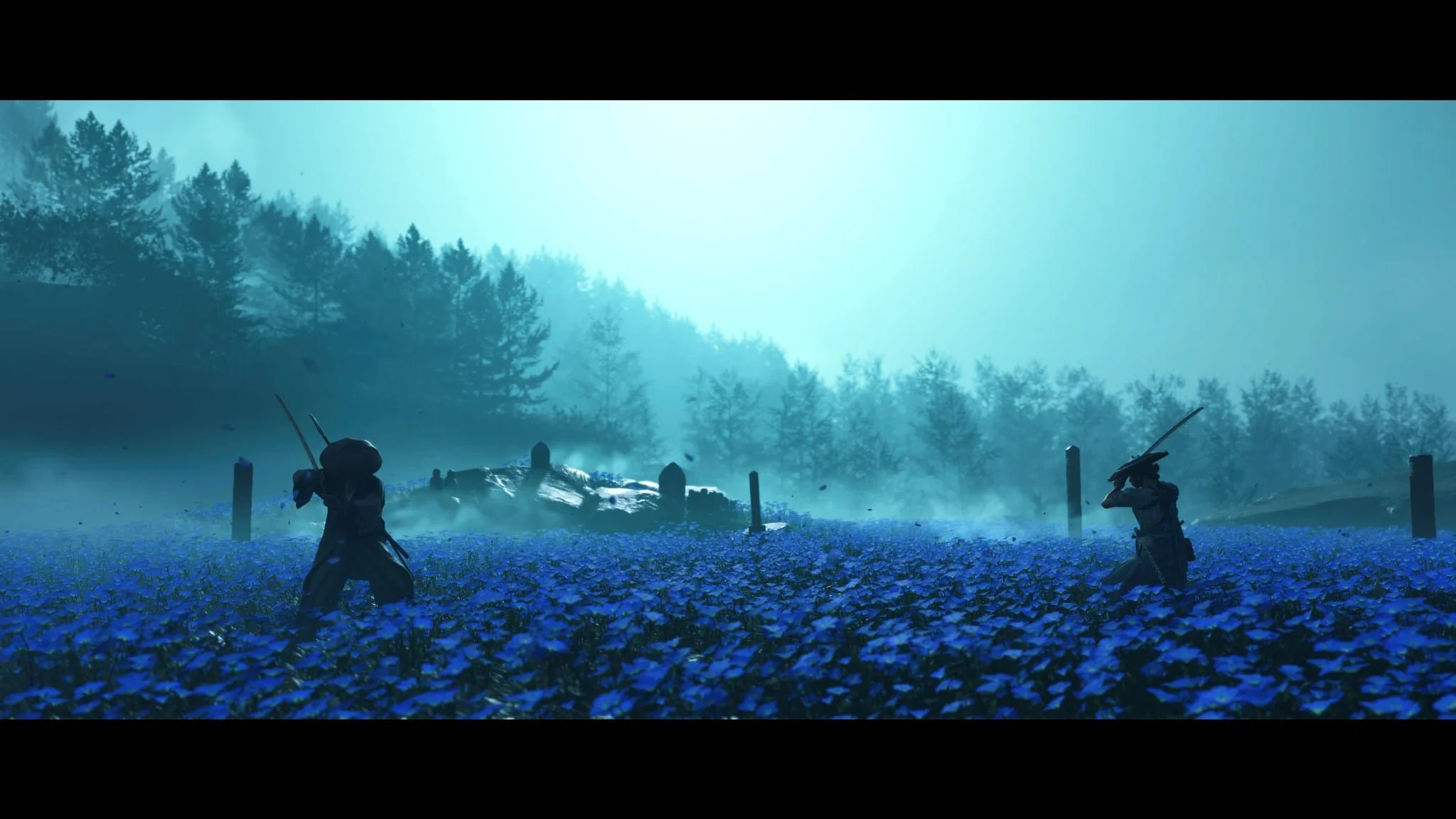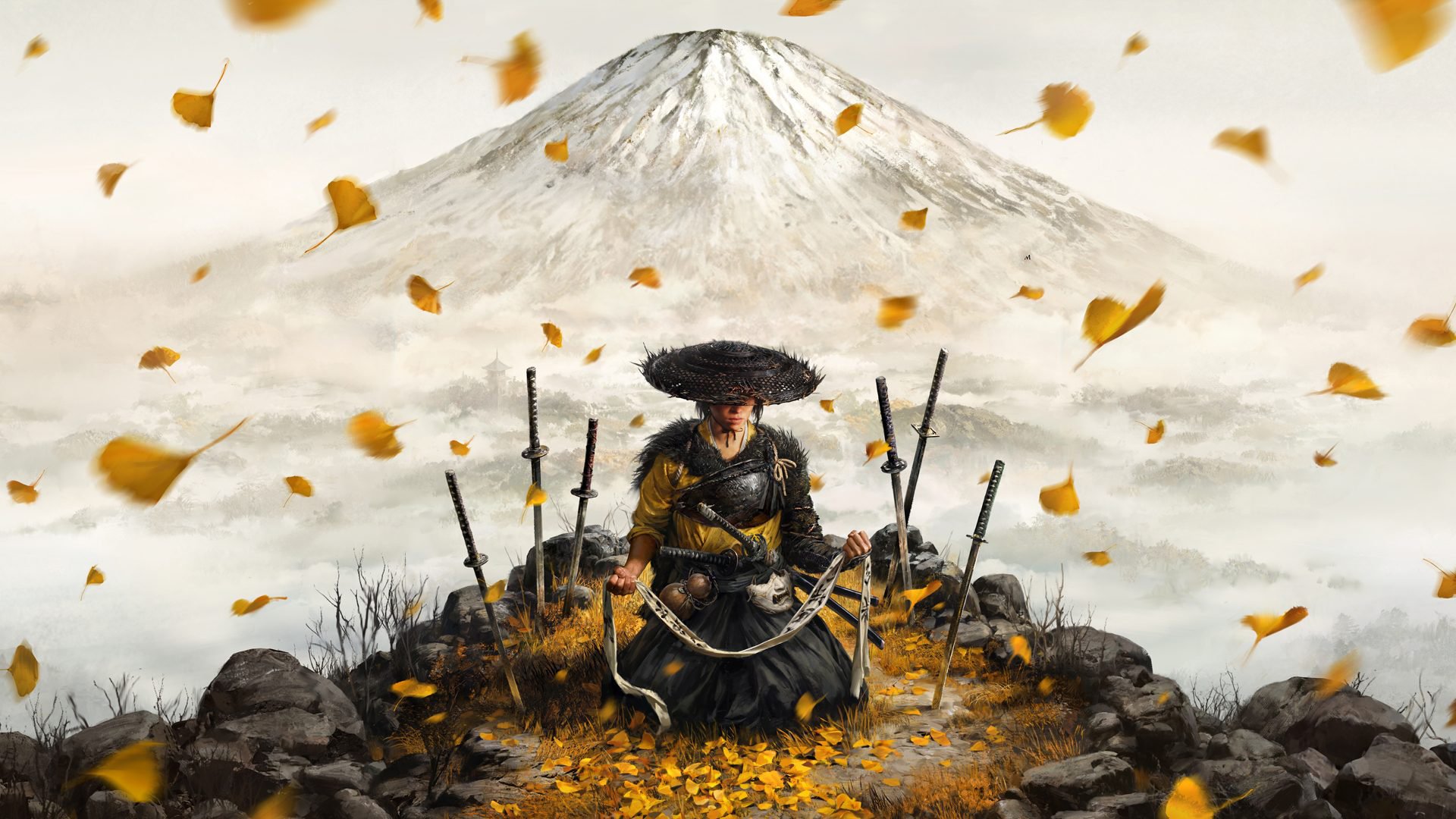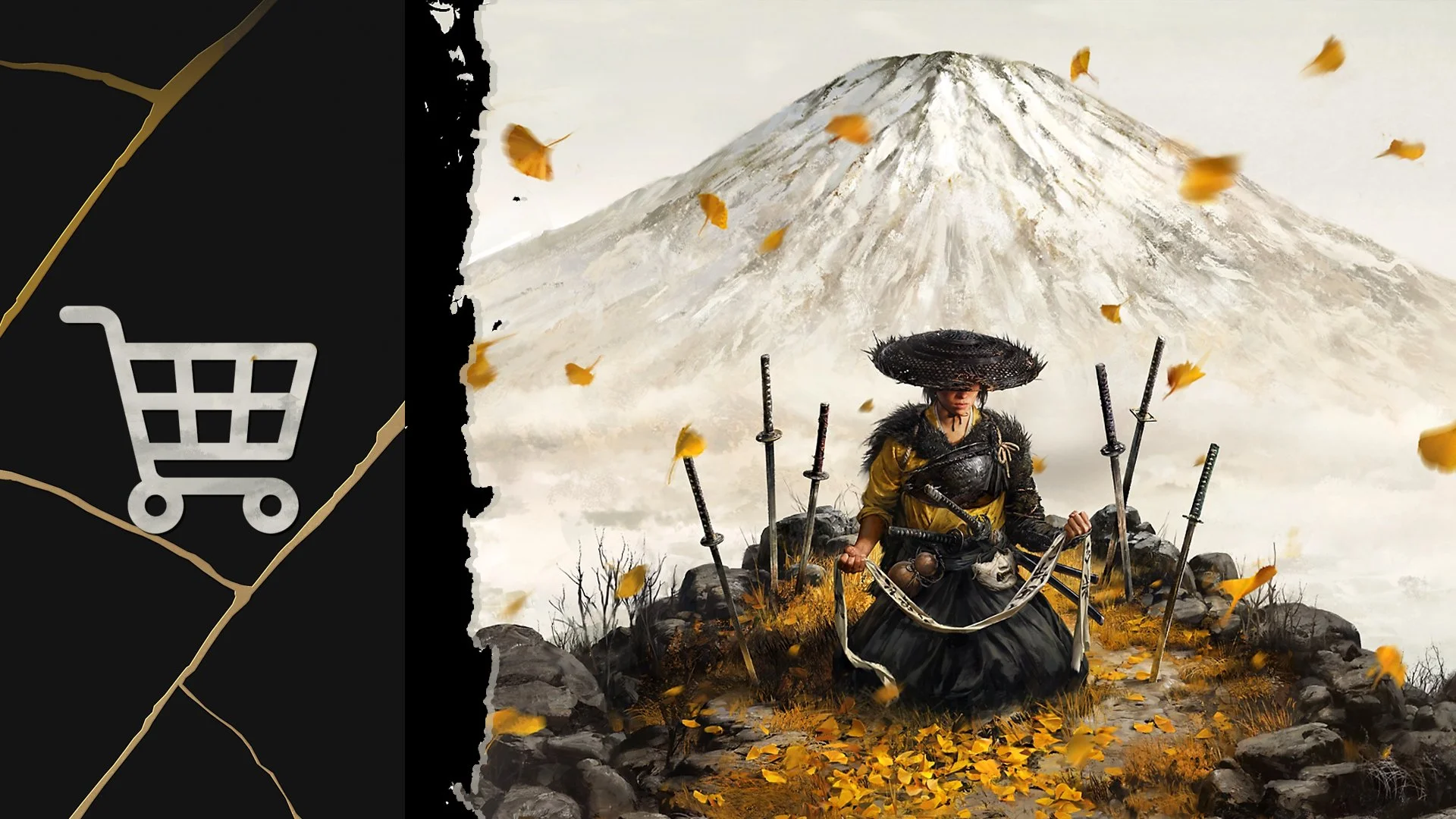Ghost of Yōtei - Review

The wait between games this time was much shorter and while Sucker Punch are a talented team, is that a good thing? Is Ghost of Yōtei as good or better, and have they built on what they had created with the original?
One thing that’s very clear is that it’s a revenge story like Tsushima was. The narrative starts with the main protagonist, Atsu, during her childhood where her family is killed and home destroyed by the main Antagonist group known as the Yōtei Six, being led by Lord Saito. In regards to why they targeted Atsu’s family, that is slowly revealed through a set of memories and interactions. Early on in the game, you find out Atsu’s father was a swordsmith. But that’s as far as I’ll give anything away as this is definitely something you’ll want to experience for yourself. During your exploration through the game, you’ll end up being able to trigger memories of Atsu’s past as a child to fill in some backstories of characters and why certain things happen. It’s a really great way to use narration and the DualSense’s trackpad. These are not just randomly triggered, you will need to approach certain places and objects, before you can take a trip down memory lane.
If you have played Ghost of Tsushima, then you are going to feel right at home here, as much of the gameplay is still here. The games wayfinder is a great example, because not only does it fit the world, but it also removes the need for those unsightly yellow highlights or giant arrows on screen. In order to use it, you just swipe on the trackpad to blow a gust of wind and it blows in the direction that you need to make your way to. The trackpad is also used to draw or stow weapons, and even play the Shamisen. Early in the game, they use it to also write Kanji, which is a pretty cool little interaction. However, as per a lot of games these days, areas where you’re to climb and traverse are marked with very clear and distinct white coloured marks on surfaces, letting players see where they should climb. Also, the climbing mechanic is just a standard “push in the direction” and it’ll automatically scale towards the right direction, though occasionally you’ll just have to hit the jump button to leap through gaps. This is still the exact same gameplay as the previous game.
Strike challenges can also be found through the game where you have to cut down bamboo with your sword by using a combination of buttons and triggers within an extremely short timeframe. I have to say, though it’s pretty disappointing that they’ve just reused most of the same mechanics, it’s really good to be back in the world of Ghost.
And as expected, there are interactions you’ll have with merchants where you’re able to upgrade your looks and accessories, purchase and trade for weapons. As previously mentioned, a lot of these little exchanges and gaming experience is to be expected and isn’t anything new to the modern day AAA game. That’s not necessarily a bad thing as it would be weird if you didn’t have the options, but it’s also something that isn’t necessarily needed, and only optional. Regardless, it’s always nice to have a bit of a change of aesthetics and modifications. In addition to interacting with merchants, civilians and soldiers, it pieces together where the Yotei Six are located. The game makes you feel as though you can approach them in any order, but unfortunately the narrative and story is linear, and predictable.
Atsu feels a little different in character compared to Jin from the previous game as she feels more of a mercenary type character opposed to being a Samurai who adapts his fighting style into a Shinobi. You’ll also end up picking up different weapon types for the variety of enemies, opposed to Tsushima where you had a different fighting stance to be able to battle the types of enemies. Now you could use a single or double Katana for all enemies if you really wanted to, but switching with different weapons does make it a lot easier in combat. It definitely makes it fun to switch between weapons during a combat scenario.
There are some secondary weapons that can be purchased such as bow and arrows, in which depending on your play style, you might opt for the long bow or a short bow (or both), each having their positives and negatives. Not just that, but there are further weapons you’ll be able to unlock along the way. In a lot of screenshots and promotional videos, Ghost of Yōtei depicts (visually) a typical Samurai or Ronin protagonist. However, there are definitely options to make yourself seem more of a silent assassin ninja. Through the game, there are ways to play in a stealth-like action, which is great for those who want to play that way, but you can also fit out Atsu in the look as well, really driving home the stealthy character type. Interacting with merchants gives you the option to change your outfit’s colour as you please once you’ve unlocked them, which is a nice option. Though its somewhat useless in that it is purely a cosmetic change, the option is still there for people who enjoy tinkering with aesthetics of their character.
The score used throughout the game, and the sound design is one that definitely puts you in Feudal Japan, where the game is set in a location in the North, known as Ezo. And yes, it’s an actual place historically, which is now known as Hokkaido. In addition to the score used, you can go into your option menu to add on a type of ‘chill-hop’ soundtrack, for those Samurai Champloo anime fans out there. It does take you out of the game a little, but it definitely is a bit of fun. One nice touch is that again, players have the option when it comes to how much they want to sink themselves into the world with the language. You can opt for full English, or Japanese with subtitles in your selected language, personally Japanese with English subtitles is what I like. If you couple that with the Kurosawa filter mode, you can basically live out any of his classic movies and sure it was done in the past game, but it is still cool to see in Yōtei.
Lastly, amongst going through the main questline, players will be able to focus on side quests instead if they please. As you might predict, these are in the form of bounties you can pick up in towns, or even help civilians by interacting with them. Again, all this isn’t anything new and is expected, just as locating hot springs across maps, which increases your health bar, finding altars which lets you upgrade your skill trees, and even finding fox dens, as per Ghost of Tsushima. It’s all a rinse and repeat.
There is a lot to like about Ghost of Yōtei and that is driven by the fact that it plays a lot like the first game. The main narrative does follow a fairly stereotypical revenge story, though it does adhere to some of the more traditional Asian stories for some parts, which is nice. The games visuals are quite stunning and being able to just stand still and enjoy things is a treat, but getting the chance to explore Hokkaido is perhaps the best part of the game. For those seeking a real challenge, it does fall on the easier side of things, but if you think you are worthy of being a ronin, you can throw it on Lethal difficulty. If you do, I hope you have spent a lot of time in the Souls genre, else you might get your butt handed to you.
For those players who are not eager to test their metal against the warriors of Japan, there are a number of difficulty options and you can even customise the game greatly, like with enemy aggression, timing windows and more. What makes the game fun, beyond just exploring the world, is tracking down those bounties, which gives you another reason to explore the world.
Ghost of Yōtei is a game that feels like an expansion to Tsushima and this is not a bad thing, a lot of the core of the game is the same, but everything has been polished up. For those players who loved the first game, being back in this world will feel like coming home, for those who were not interested in the first game, this is worth checking out still. This is perhaps the best example of, why try and fix something, if it was not broken to begin with.
The Score
8.0
Review code provided by PlayStation Studios
The Pros
The game is visually stunning and places you in Edo Japan
Fighting mechanics makes it easy and fun to pick up
A good variety of weapons to use
The Cons
A fair amount of reused gameplay from its predecessor
Predictable linear narrative
Starts to feel all the same as you get towards the end-game

